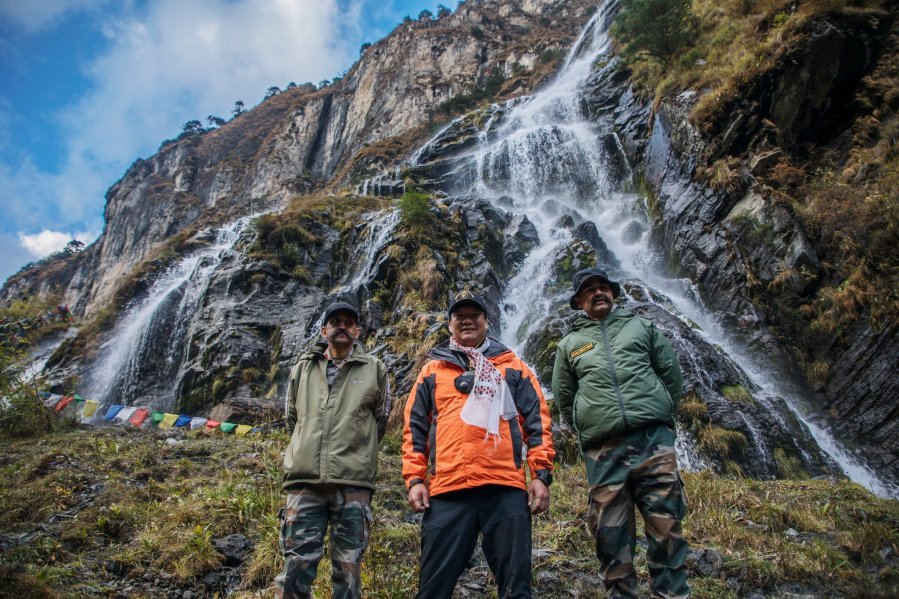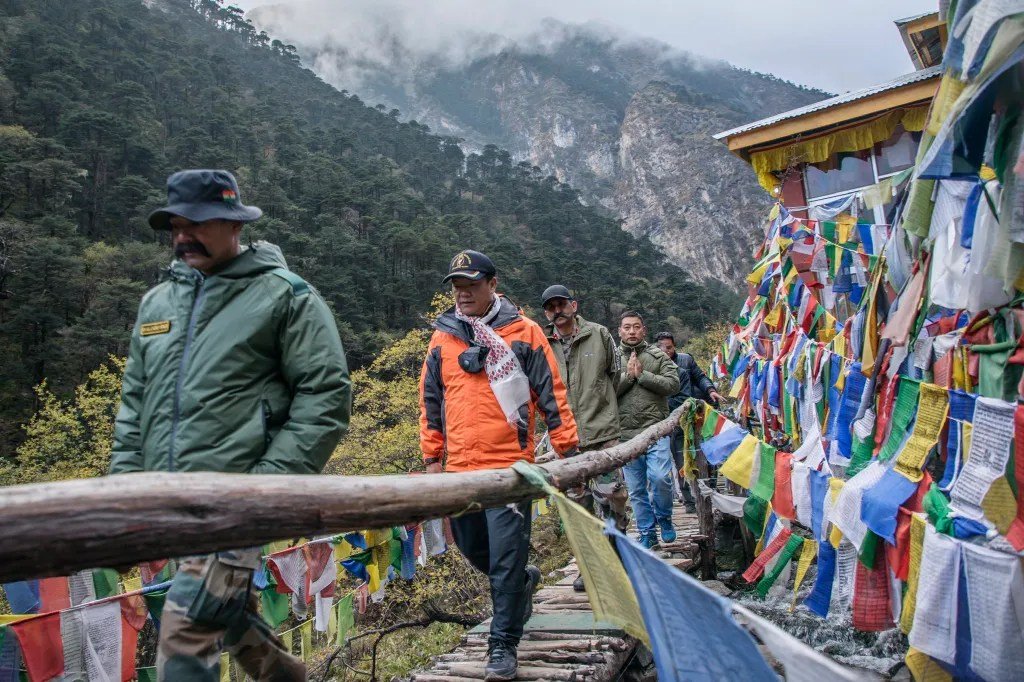Chumi Gyatse

Chumi Gyatse, a series of 108 waterfalls in the Tawang district of Arunachal Pradesh, India, holds immense cultural and religious significance for Tibetans. Located just 250 meters from the India-China border, these waterfalls are deeply rooted in Buddhist folklore and traditions.
The Legends Behind the Waterfalls
The most popular legend attributes the creation of the waterfalls to Padmasambhava, also known as Guru Rinpoche, who is revered as the “Second Buddha” by Tibetan Buddhists. According to the tale, Padmasambhava flung his rosary containing 108 beads at the rocks, resulting in the formation of 108 waterfalls. This act was said to be in response to a challenge from a Bon Lama (monk). Another narrative suggests that Padmasambhava created the falls to cure local residents of a plague, and upon drinking the water, they were healed.
Alternative Narratives
Karsang Lama, a senior monk, refers to “the Karchek,” a Tibetan book that documents stories of temples and Gompas in Tibet. According to this source, the waterfalls were created by Guru Lawapa, considered an avatar of Manjushree, the embodiment of Buddha’s wisdom. Guru Lawapa, along with two other gurus, Nakpopa and Matipa, came to the area for meditation and used their powers to create the waterfalls.
Geopolitical and Cultural Context
The waterfalls are part of the ‘Shangrila Calling’ Festival, an event aimed at promoting Tibetan Buddhism and its relevance to places like Chumi Gyatse. The festival is organized by the Monpas, the primary residents of the area, who aim to preserve their culture and religion. However, Tibetans on the Chinese side of the border are believed to be under pressure, preventing them from practicing their religion freely..


